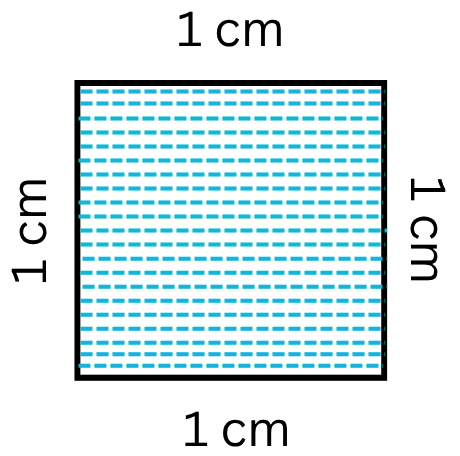Subscribe to our ▶️YouTube channel🔴 for the latest videos, updates, and tips.
Home | About Us | Contact Us | Privacy | Math Blog
Concept of Profit and Loss
We will understand the concept of profit and loss in daily life. Nowadays, the producer and consumer are rarely directly involved. In most cases a middleman buys from the producer and sells the product to the consumer and the middle-man are either wholeseller or retailer. The wholeseller buys entire things from the producer and sells it to different smaller businessman who in turn sells it in retail to the consumers.
Most of the businessmen make their money by buying and selling products. If the selling price of a product exceeds its cost price or production price, then a profit is made. If the selling price of a product is less than its cost price, then a loss is incurred.
Hence, profit = selling - cost price
And loss = cost price - selling price
(i) in case of profit, selling price > cost price and in case of loss, selling price< cost price.
(ii) profit or loss is usually calculated on cost price.
Consider the example:
Suppose a book seller buys books for $800 and sells it at $900 and cycle seller makes a cycle at $200 and sells it for $300.
Here, profit from books = $900 - $800 = $100
and profit from cycle = $200 - $300 = $100
Therefore, both the profits are same i.e., $100
We observe that the book seller had to invest $800 to gain $100 and the cycle seller invests only $200 to gain $100. So from the businessman point of view, both transactions cannot be the same.
As profit and loss are business related matters, so profit and loss has to be judged from capital invested in business.
If the two profits are judged by money investment, we observe,
In case of book = profit : investment
= 100 : 800
= 1 : 8
= 1/8
In case of cycle = profit : investment
= 100 : 200
= 1 : 2
= 1/2
As 1/2 > 1/8, then the cycle seller has made more profit than the book seller.
If we express this in percentage,
Percentage of profit of book seller = (1/8 × 100)% = 12.5%
Percentage of profit of cycle seller = (1/2 × 100)% = 50%
Thus the cycle seller has made more profit percent than the book seller.
Therefore, we get the clear expression about the concept of profit and loss.
7th Grade Math Problems
From Concept of Profit and Loss to HOME PAGE
Didn't find what you were looking for? Or want to know more information about Math Only Math. Use this Google Search to find what you need.
Recent Articles
-
Volume of a Cube | How to Calculate the Volume of a Cube? | Examples
Jul 22, 25 03:02 PM
A cube is a solid box whose every surface is a square of same area. Take an empty box with open top in the shape of a cube whose each edge is 2 cm. Now fit cubes of edges 1 cm in it. From the figure i… -
Volume of a Cuboid | Volume of Cuboid Formula | How to Find the Volume
Jul 20, 25 12:58 PM
Cuboid is a solid box whose every surface is a rectangle of same area or different areas. A cuboid will have a length, breadth and height. Hence we can conclude that volume is 3 dimensional. To measur… -
5th Grade Volume | Units of Volume | Measurement of Volume|Cubic Units
Jul 20, 25 10:22 AM
Volume is the amount of space enclosed by an object or shape, how much 3-dimensional space (length, height, and width) it occupies. A flat shape like triangle, square and rectangle occupies surface on… -
Worksheet on Area of a Square and Rectangle | Area of Squares & Rectan
Jul 19, 25 05:00 AM
We will practice the questions given in the worksheet on area of a square and rectangle. We know the amount of surface that a plane figure covers is called its area. 1. Find the area of the square len… -
Area of Rectangle Square and Triangle | Formulas| Area of Plane Shapes
Jul 18, 25 10:38 AM
Area of a closed plane figure is the amount of surface enclosed within its boundary. Look at the given figures. The shaded region of each figure denotes its area. The standard unit, generally used for…






New! Comments
Have your say about what you just read! Leave me a comment in the box below. Ask a Question or Answer a Question.